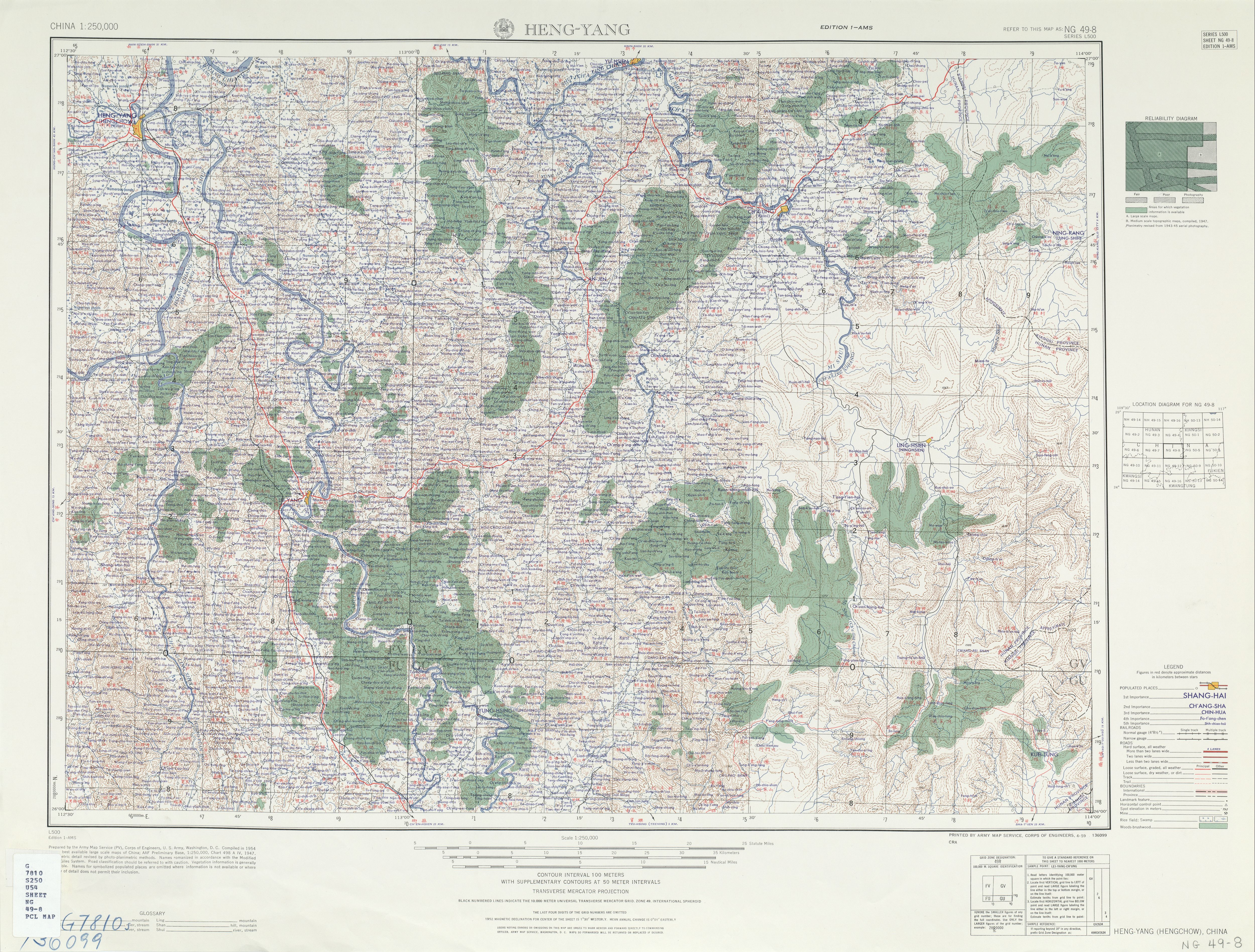|
Zhuhui District
Zhuhui District () is an urban district of Hengyang City, Hunan province, China. The district is located in the east of the city proper and on the east shore of Xiang River, it is bordered by Shigu District to the northwest, Yanfeng District to the southwest, Hengnan County to the southeast and the south, Hengyang County to the northeast. Zhuhui District covers , as of 2015, it had a permanent resident population of 344,400. The district has seven subdistricts, two townships and a town under its jurisdiction., also see oxinhuanet.com/ref> Transport Hengyang railway station, Hengyang North railway station and Hengyang East railway station are located here. Administrative divisions ;6 towns * Dongyangdu () * Guangdonglu () * Hengzhoulu () * Miaopu () * Yejin () * Yuehan () ;1 town * Chashan'ao () ;2 townships * Heping () * Linghu Linghu () is a Chinese compound surname. During the Zhou Dynasty, a general, Wei Ke ( 魏顆) scored many victories for Zhou and was gran ... [...More Info...] [...Related Items...] OR: [Wikipedia] [Google] [Baidu] |
District (China)
The term ''district'', in the context of China, is used to refer to several unrelated political divisions in both ancient and modern China. In the modern context, district (), formally city-governed district, city-controlled district, or municipal district (), are subdivisions of a municipality or a prefecture-level city. The rank of a district derives from the rank of its city. Districts of a municipality are prefecture-level; districts of a sub-provincial city are sub-prefecture-level; and districts of a prefecture-level city are county-level. The term was also formerly used to refer to obsolete county-controlled districts (also known as district public office). However, if the word ''district'' is encountered in the context of ancient Chinese history, then it is a translation for ''xian'', another type of administrative division in China. Before the 1980s, cities in China were administrative divisions containing mostly urban, built-up areas, with very little farmlan ... [...More Info...] [...Related Items...] OR: [Wikipedia] [Google] [Baidu] |
Hengyang North Railway Station
Hengyang (; ) is the second largest city of Hunan Province, China. It straddles the Xiang River about south of the provincial capital of Changsha. As of the 2020 Chinese census, Its total population was 6,645,243 inhabitants, whom 1,290,715 lived in the built-up (''or metro'') area consisting of 4 urban districts, Nanyue District not being conurbated yet. Hengyang is home to University of South China, Hengyang Normal University, and Hunan Institute of Technology, three major provincial public universities in the city. History The former name of the city was Hengzhou (Hengchow) (). This was the capital of a prefecture in the Tang Dynasty's Jiangnan and West Jiangnan circuits. Li Jingxuan was banished to superintendence of Hengzhou after feigning an illness and attempting to usurp control of the legislative bureau at Chang'an against the Gaozong Emperor's wishes in AD 680. Following the AD 705 coup that removed the Empress Wu Zetian from power, her ally Li Jio ... [...More Info...] [...Related Items...] OR: [Wikipedia] [Google] [Baidu] |
Linghu Township
Linghu () is a Chinese compound surname. During the Zhou Dynasty, a general, Wei Ke Wei or WEI may refer to: States * Wey (state) (衛, 1040–209 BC), Wei in pinyin, but spelled Wey to distinguish from the bigger Wei of the Warring States * Wei (state) (魏, 403–225 BC), one of the seven major states of the Warring States per ... ( 魏顆) scored many victories for Zhou and was granted the city of Linghu. All his descendants took the compound surname Linghu. Notable people * Bruce Linghu, Taiwanese politician and diplomat * Linghu Chu, an official of Tang Dynasty * Linghu Defen, a historian-official of Tang Dynasty * Linghu Tao, an official of Tang Dynasty * Ling Jihua (Chinese: 令计划; born 1956, originally Linghu Jihua) former Chinese politician as one of the principal political advisers of former leader Hu Jintao *Fictional: Linghu Chong, the protagonist in Louis Cha's '' wuxia'' novel '' The Smiling, Proud Wanderer'' Chinese-language surnames Individual Ch ... [...More Info...] [...Related Items...] OR: [Wikipedia] [Google] [Baidu] |
Heping Township, Hengyang
Heping () may refer to: * Heping, Taichung (和平區), a district in Taichung, Taiwan Places in Mainland China * Heping District, Tianjin (和平区) * Heping District, Shenyang (和平区), Liaoning * Heping County (和平县), of Heyuan, Guangdong Subdistricts * Heping Subdistrict, Shaoguan, in Zhenjiang District, Shaoguan, Guangdong * Heping Subdistrict, Gaobeidian, Hebei * Heping Subdistrict, Handan, in Congtai District, Handan, Hebei * Heping Subdistrict, Wuhan, in Hongshan District, Wuhan, Hubei * Heping Subdistrict, Baotou, in Donghe District, Baotou, Inner Mongolia * Heping Subdistrict, Ulan Hot, Inner Mongolia * Heping Subdistrict, Xuzhou, in Quanshan District, Xuzhou, Jiangsu * Heping Subdistrict, Meihekou, Jilin * Heping Subdistrict, Anshan City, in Tiedong District, Anshan, Liaoning * Heping Subdistrict, Fushun, in Wanghua District, Fushun, Liaoning * Heping Subdistrict, Fuxin, in Haizhou District, Fuxin, Liaoning * Heping Subdistrict, Zibo, in Zhangdian Distric ... [...More Info...] [...Related Items...] OR: [Wikipedia] [Google] [Baidu] |
Guangdonglu
Guangdonglu Subdistrict () is a subdistrict A subdistrict or sub-district is an administrative division that is generally smaller than a district. Equivalents * Administrative posts of East Timor, formerly Portuguese-language * Kelurahan, in Indonesia * Mukim, a township in Brunei, In ... and the seat of Zhuhui District in Hengyang, Hunan, China. It has an area of about with a population of 51,000 (as of 2015). The subdistrict of Guangdonglu has seven communities under its jurisdiction, its administration office is at ''No. 33 Guangxi Road'' ().the seat of Guangdonglu Subdistrict, seZhuhuidistrict.gov/ref> History The subdistrict of Guangdonglu is historically the ''Hunanlu Subdistrict'' () formed in March 1955 and Changed to the current name in January 1982. Subdivisions The subdistrict was divided into 11 communities of Guangdonglu, Guangxilu, Hunanlu, Hubeilu, Xiangjiangdonglu, Linjianglu, Anquanli, Kuihuali, Hengjili, Hehuaping and Hepingxiaoqu before 2015. Through ... [...More Info...] [...Related Items...] OR: [Wikipedia] [Google] [Baidu] |
